- عنوان کتاب: Nuclear Revolution
- نویسنده: Shuangquan Zhang, Youngman Kim
- حوزه: فیزیک هستهای
- سال انتشار: 2025
- تعداد صفحه: 114
- زبان اصلی: انگلیسی
- نوع فایل: pdf
- حجم فایل: 11.5 مگابایت
در دسامبر ۲۰۱۸، کمپینی برای ساخت اولین جدول جرم هستهای که همزمان اثرات پیوستار و تغییر شکل را در بر میگیرد، آغاز شد. این ابتکار جاهطلبانه از تقاضای روزافزون برای دستیابی به دادههای جرمی از هستههای عجیب و غریب که از نظر تجربی چالشبرانگیز هستند و تعمیق درک ما از فیزیک هستهای، با بهرهگیری از قابلیتهای قابل توجه نظریه نسبیتی تغییر شکلیافته هارتری-بوگولیوبوف در پیوستار (DRHBc) ناشی شد. برای دستیابی به این هدف، یک همکاری بینالمللی – همکاری جدول جرمی DRHBc – ایجاد شد. این همکاری اکنون شامل ۳۳ دانشگاه و موسسه از کشورهایی مانند چین، کره جنوبی و ژاپن است. در طول هفت سال گذشته، همکاری جدول جرمی DRHBc به چندین نقطه عطف مهم دست یافته است. با ادغام DRHBc پیشرفته با PC-PK1 با چگالی برتر، این همکاری دو مجموعه با استناد گسترده در جداول دادههای اتمی و دادههای هستهای تولید کرده است. این انتشارات، خواص حالت پایه هستههای زوج-زوج و زوج-Z با 8 ≤ Z ≤ 120 را خلاصه میکند که منطقه از خط چکه پروتون تا خط چکه نوترون را پوشش میدهد. فراتر از ساخت جدول جرم هستهای، این همکاری همچنین مجموعهای از مطالعات قابل توجه را در مورد طیف وسیعی از موضوعات، از جمله هالههای تغییر شکل یافته، شعاع بار، شبه جزیره پایداری، تکامل ساختاری، تسلط پرولیت، همزیستی شکل، همبستگیهای دینامیکی و انتشار ذرات و موارد دیگر انجام داده است. مجموعهای از کارگاهها نقش مهمی در تسهیل این تلاش مشترک ایفا کردهاند. کارگاه افتتاحیه که در دائجون و سئول برگزار شد، پایه و اساس تشکیل یک جامعه تحقیقاتی پر جنب و جوش و پربار را بنا نهاد. کارگاههای بعدی که در مکانهای مختلف در سراسر آسیا برگزار شدند، رشد مداوم این جامعه را نشان دادهاند و تعداد فزایندهای از شرکتکنندگان را از مؤسسات مختلف جذب کرده و شبکههای تحقیقاتی جدیدی را پرورش دادهاند. “هفتمین کارگاه جدول جرم هستهای با نظریه DRHBc” که به میزبانی دانشگاه سونگسیل و از 1 تا 4 ژوئیه 2024 در گانگنئونگ برگزار شد، نقطه عطفی در این سفر مداوم است. این کارگاه بر مرحله نهایی ساخت جدول جرم DRHBc، با تأکید ویژه بر خواص هستههای فرد-Z و هستههای فوق سنگین، متمرکز بود. با نگاه به آینده، ما همچنان متعهد به دنبال کردن تعالی در این زمینه هستیم و مشتاقانه منتظر اکتشافات جدید پیش رو هستیم. این شماره ویژه شامل 10 مقاله از متخصصان محترمی است که در کارگاه هفتم شرکت کردند. هدف آن ارائه یک مرور کلی جامع از وضعیت فعلی پروژه جدول جرم DRHBc و بررسی مسائل کلیدی مرتبط، از جمله تکامل ساختاری در مناطق مختلف هستهای، اعداد جادویی احتمالی در هستههای فوق سنگین و طیف وسیعی از پدیدههای هستهای عجیب و غریب است. در حالی که این شماره ویژه در درجه اول برای جامعه فیزیک هستهای در نظر گرفته شده است، این مجموعه ممکن است برای سایر شاخههای فیزیک نیز مورد توجه باشد. در پایان، مایلیم از این فرصت استفاده کنیم و از پروفسور جی منگ، رئیس مجموعه کارگاهها، برای پیشنهاد این شماره ویژه و از همه نویسندگان مشارکتکننده برای کار ارزشمندشان، صمیمانه قدردانی کنیم. همچنین صمیمانه از تلاشهای کارکنان کتاب MDPI و تیم ویراستاری ذرات قدردانی میکنیم. تشکر ویژه از آقای اتان ژانگ، سردبیر، برای کمکهای بیدریغشان در طول تهیه این جلد.
In December 2018, a campaign was launched to construct the first nuclear mass table that simultaneously incorporates continuum and deformation effects. This ambitious initiative emerged from the increasing demand to acquire mass data of experimentally-challenging exotic nuclei and to deepen our understanding of nuclear physics, leveraging the remarkable capabilities of the deformed relativistic Hartree–Bogoliubov theory in continuum (DRHBc). To achieve this goal, an international collaboration—the DRHBc mass table collaboration—was established. The collaboration now comprises 33 universities and institutions from countries such as China, South Korea, and Japan. Over the past seven years, the DRHBc mass table collaboration has achieved several significant milestones. By integrating the cutting-edge DRHBc with the superior density functional PC-PK1, the collaboration has produced two widely cited compilations in Atomic Data and Nuclear Data Tables. These publications summarizes the ground-state properties of even–even and even–Z nuclei with 8 ≤ Z ≤ 120, covering the region from the proton drip line to the neutron drip line. Beyond constructing the nuclear mass table, the collaboration has also conducted a series of remarkable studies on a wide range of topics, including deformed halos, charge radii, stability peninsula, structural evolution, prolate dominance, shape coexistence, dynamical correlations, and particle emissions, among others. A series of workshops have played a crucial role in facilitating this collaborative effort. The inaugural workshop, held in Daejeon and Seoul, laid the foundation for the formation of a vibrant and productive research community. Subsequent workshops, hosted at various locations across Asia, have marked the continued growth of this community, attracting an increasing number of participants from diverse institutions and fostering new research networks. The “7th workshop on nuclear mass table with DRHBc theory“, hosted by Soongsil University and held in Gangneung from July 1 to 4, 2024, represents a milestone in this ongoing journey. This workshop focused on the final stage of constructing the DRHBc mass table, with a particular emphasis on the properties of odd-Z nuclei and superheavy nuclei. Looking ahead, we remain committed to pursuing excellence in this field and eagerly anticipate the new discoveries that lie ahead. This Special Issue features 10 contributions from esteemed experts who participated in the 7th workshop. It aims to provide a comprehensive overview of the current status of the DRHBc mass table project and explore related key issues, including structural evolution in various nuclear regions, possible magic numbers in superheavy nuclei, and a range of exotic nuclear phenomena. While this Special Issue is primarily intended for the nuclear physics community, this collection may also be of interest to other branches of physics. In closing, we would like to take this opportunity to express our deep gratitude to Prof. Jie Meng, the Chair of the workshop series, for proposing this Special Issue, and to all the contributing authors for their valuable work. We also sincerely acknowledge the efforts of the MDPI Book staff and the Particles Editorial team. Special thanks are extended to Mr. Ethan Zhang, Managing Editor, for his dedicated assistance throughout the preparation of this volume.
این کتاب را میتوانید از لینک زیر بصورت رایگان دانلود کنید:
Download: Nuclear Revolution





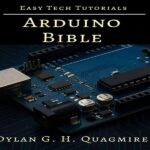


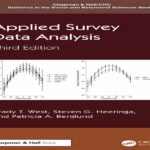



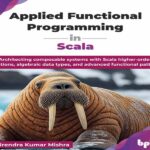
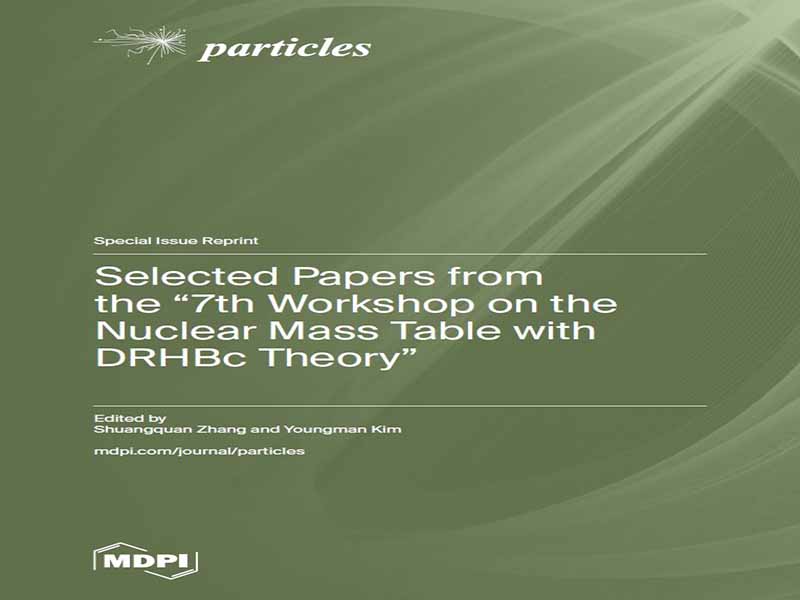

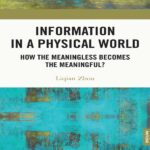


















نظرات کاربران